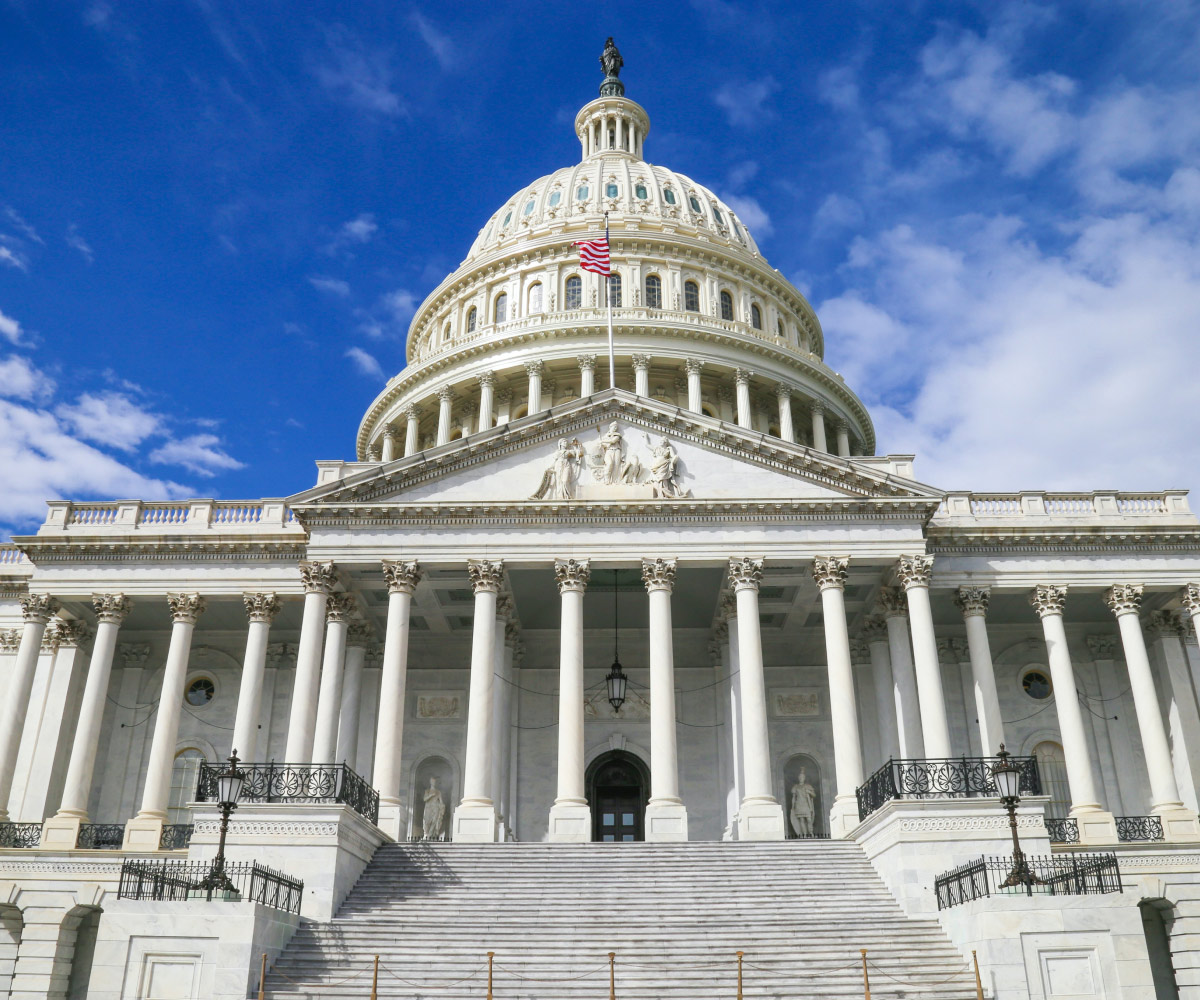
Our Government
The Federal Government is composed of three distinct branches: legislative, executive, and judicial, whose powers are vested by the U.S. Constitution in the Congress, the President, and the Federal courts, respectively.
There are hundreds of Federal agencies and commissions charged with handling responsibilities as varied as managing America’s space program, protecting its forests, gathering intelligence, and advancing the general welfare of the American people. For a full listing of Federal Agencies, Departments, and Commissions, visit USA.gov.
Elections & Voting
Federal elections occur every two years, on the first Tuesday after the first Monday in November. Every member of the House of Representatives and about one-third of the Senate is up for reelection in any given election year. Federal elections are administered by state and local governments, although the specifics of how elections are conducted differ between the states.
Learn more about Elections & Voting
State & Local Government
Under the Tenth Amendment to the U.S. Constitution, all powers not granted to the Federal Government are reserved for the States and the people. All State Governments are modeled after the Federal Government and consist of three branches: executive, legislative, and judicial. The U.S. Constitution mandates that all states uphold a “republican form” of government, although the three-branch structure is not required.

